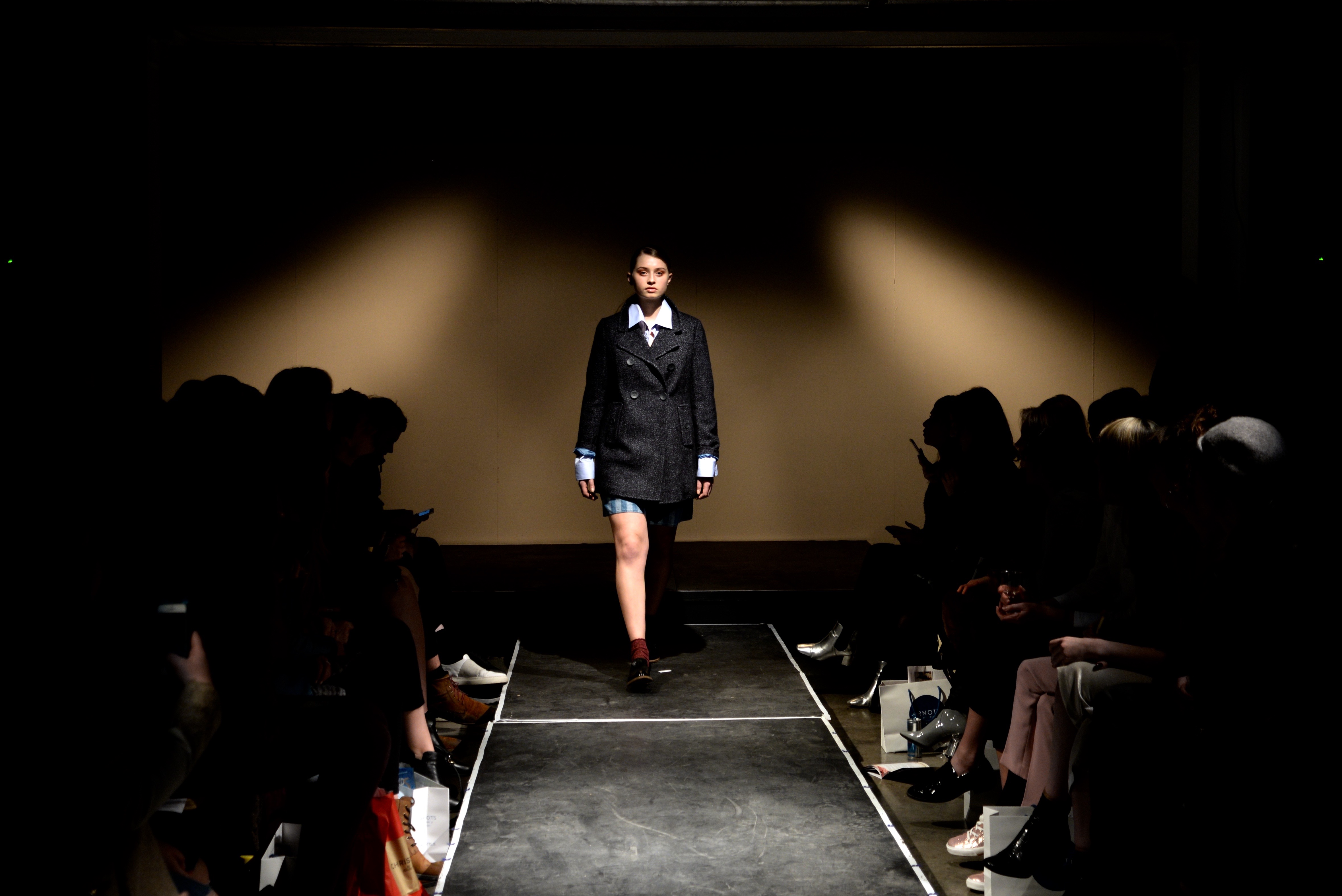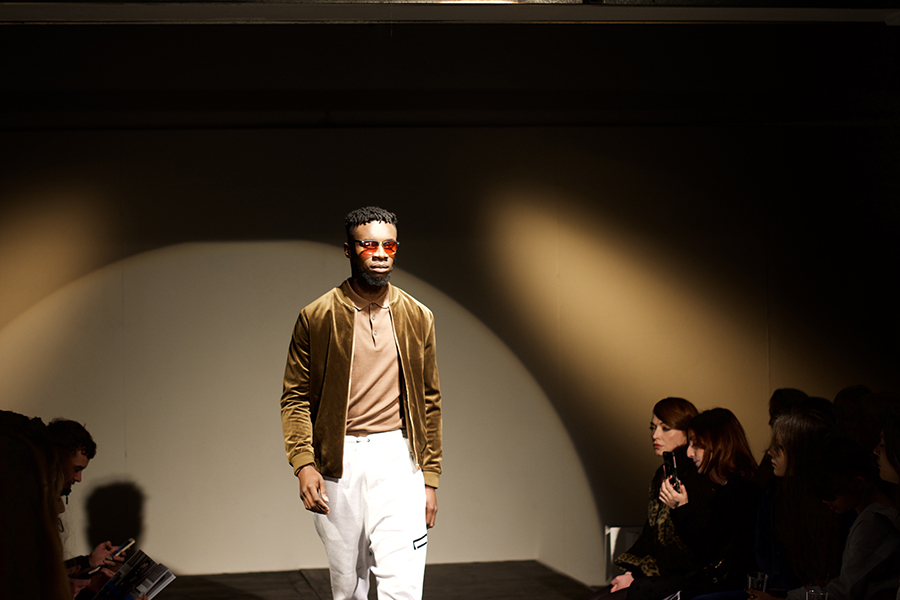
Last night, Trinity Fashion Society took over the Complex Arts Centre for their eagerly anticipated annual fashion show. The chosen theme of this year’s sold-out show was “Burnt Out”, largely in homage to designers who are feeling under pressure from the demands of their industry. The show acknowledged designers like Alexander McQueen and L’Wren Scott, who tragically took their own lives out of exhaustion from ongoing expectations and intense pressure to reach unattainable targets. Just recently, the industry lost another talented designer when Raf Simmons decided to leave Dior.
These circumstances leave prestigious positions in elite fashion houses empty as a result of the stress that the job brings. Last night’s show also identified this kind of pressure in the lives of university students. The pressure and stress from day-to-day university life – trying to meet deadlines while simultaneously balancing extracurricular activities, part-time work and social obligations – can often lead to serious mental illnesses such as depression and anxiety. This year’s chosen charity, Pieta House, an organisation that works with patients who have suicidal and self-harming tendencies, was therefore innately linked to the theme of the show.
Every aspect of the show was meticulously planned, resulting in an incredibly professional production. Each detail was well thought out, from the lighting to the goody bags to the overall atmosphere of the show. The Complex Arts Centre, with its exposed metal beams and elevator doors, provided an engaging backdrop that reflected the theme of the show.
The makeup, by LA Creative, resonated incredibly well with the theme also. The models’ faces were left largely natural and very thinly covered. Eyebags were not only left unconcealed, but often emphasized. Red eyeshadow covered the eye area, intriguingly creating a fatigued and restless look.
The show was separated into seven parts, opening with “Sports Luxe” and “On The Edge”, before diving into darker themes such as “Washed Out” and “Falling Apart.” The clothes for the night were provided by Dublin’s top high street and vintage stores such as Nine Crows, Tola Vintage, Arnotts and Topman. The looks combined streetwear with pieces that evoked a more mature glamour. The opening look was a pink lace bodysuit combined with a pink tracksuit, a black baseball cap and a white fur jacket, giving spectators a taste of the rest of the night’s looks. The first few outfits were heavily streetwear-based, filled with branded tracksuits and trainers.

The style of this part of the show was reminiscent of the Yeezy aesthetic. But as the show progressed, the outfits slowly transitioned into looks that mirrored the styles of Edith “Little Edie” Bouvier Beale of Grey Gardens, or Marchesa Casati – both women of privileged and wealthy upbringing who became more and more emotionally unstable throughout their lives. It is a look I could only describe as “gallows glamour.” Fur coats and stoles were combined with silky slip dresses in dark shades. They emanated an old money look that radiated class and wealth, but was also singed with listlessness and exhaustion.
Shirts and cardigans were pulled down to the models’ shoulders and the buttons were uneven, echoing looks from the most recent Vetements show. It reflected the chaotic life of somebody who is struggling with feelings of anxiety and depression. This smooth transition between comfort and glamour was excellently executed by Lucy O’Sullivan and Heather Moore, the head stylists of the show.
A lot of the looks were heavily influenced by recent runway trends, and while they were excellently recreated I would have loved to see the style venturing into more uncharted fashion territories. Original designs by designers, usually unveiled during the night, were also missed.
The show effectively drew the lives of fashion designers and students together and explored the links between mental health, the fashion industry and the day-to-day lives of students. But the representation of Trinity students in particular was heavily evident in the show. This made the theme of the show resonate even more with students sitting in the audience. High collars and blazers gave looks that had a very distinct Trinity style. So much so that any one of those models could have gone to the show straight from classes at the College. For students present last night, this reminded them of the central message of the show, of the stress and intense pressure that students are so often forced to face.
But what I felt was even more important than the production, the style, or the top-notch goody bag was the amount of love the Fashion Society has put into the show. Carla King-Molina, this year’s chair, who spoke before the show started said, “When I came here today, I almost cried.” An unbelievable amount of effort was put into the production. Indeed, it is surprising that the team itself is not burnt out. They worked tirelessly to make the show extraordinary, and there is no doubt that they were triumphant.






